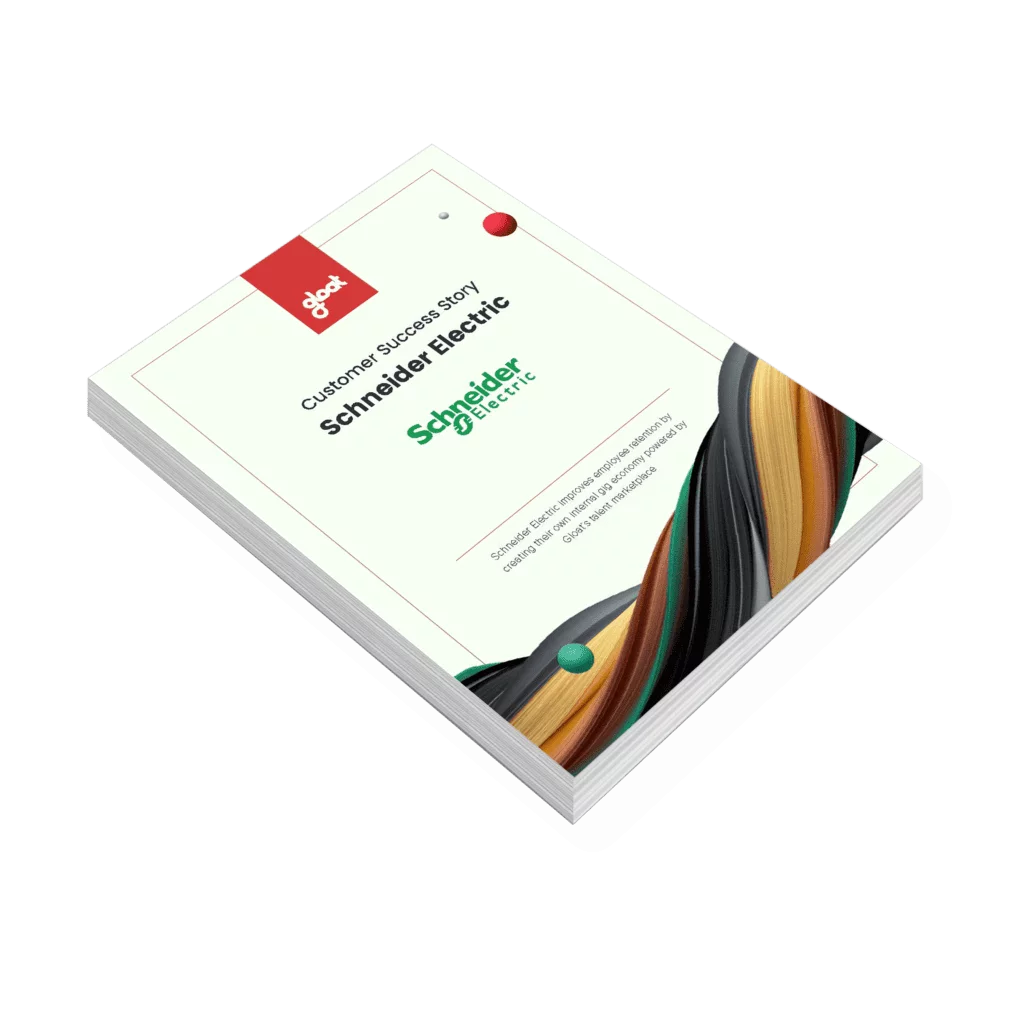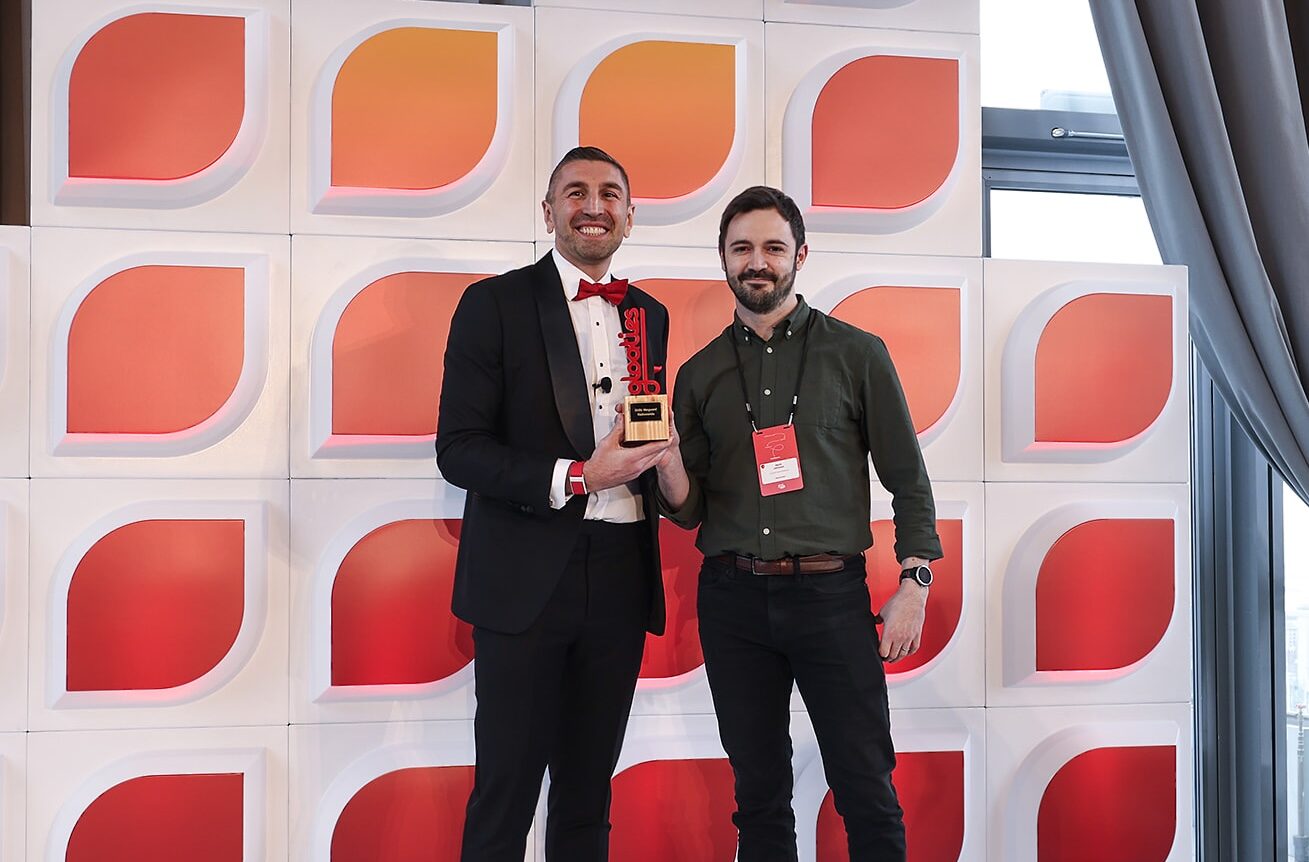How to use talent matching to increase productivity and engagement
Why aligning people to opportunities is the key to acquiring in-demand skills While companies once had to deal with The Great Resignation—a mass employee exodus—now they are facing the opposite during what’s being called The Great Stagnation. As economic turbulence continues, people are staying at their organizations—but often end up feeling stuck in their roles

Why aligning people to opportunities is the key to acquiring in-demand skills
While companies once had to deal with The Great Resignation—a mass employee exodus—now they are facing the opposite during what’s being called The Great Stagnation. As economic turbulence continues, people are staying at their organizations—but often end up feeling stuck in their roles due to a lack of internal career options. This lack of mobility is causing engagement levels to plummet, with nearly two in three workers acknowledging they’re disengaged. At the same time, finding skills has become a top concern for leaders.
So what’s it going to take to turn things around? Effective talent matching is the answer.
Matching talent to relevant opportunities is the only way to keep your workforce engaged, empower them to build the skills your organization needs, and achieve your business priorities. But what will it take to get talent matching right as finding in-demand skills becomes more difficult?
What is talent matching?
Talent matching is the process, oftentimes leveraging AI, of connecting people to roles, gigs, and projects by analyzing candidates’ skills and experiences in comparison to the competencies required.
You can think of talent matching being broken down into two categories: internal and external.
External talent matching is all about finding new candidates outside of your business with the skills and competencies you’re looking for to fill a specific role.
What is internal talent matching?
In contrast, internal talent matching requires you to turn your gaze inwards and match current employees to new opportunities within your organization, based on their skills, goals, and experiences.
As leaders struggle to find the talent and skills needed for their organization, internal talent matching has emerged as top priority for employers who are looking to find in-demand capabilities and retain their star employees. And as our own research revealed, a perceived lack of growth opportunities is one of the top factors that motivates employees to call it quits.
So it only makes sense that one of the best ways to hold onto your top talent is by ensuring they are presented with new roles and responsibilities that align with their career goals.
How does internal talent matching work?
In some ways, talent matching works a lot like Netflix. Instead of searching through the entire array of movies and television shows available, Netflix collects data about your preferences and uses it to make predictions about what you’ll enjoy watching most.
Similarly, talent matching can take a lot of the guesswork out of finding career opportunities that are the right fit for you. You’ll get recommendations that are tailored to the experiences you have, the skills you’ve gained, and what you’re looking to achieve in the future.
But where do these personalized suggestions come from? To put it simply, talent marketplaces have what we call a Workforce Graph, a rich data, insights, and artificial intelligence layer.
This Graph connects, cleans, and normalizes data and uses these insights to marry what’s required for one opportunity with an individual’s skills and experiences.
How can you make sure that internal talent matching isn’t biased?
AI-powered platforms don’t just make internal talent matching more efficient; they also level the playing field. When HR and Internal Recruiting teams align talent with open opportunities manually, there’s always a chance that underlying assumptions and preconceived notions will sway the decision-making process.
In contrast, talent marketplaces that are powered by ethically constructed AI are designed to take bias out of the equation. They see your people for their potential and capabilities, and not their race, gender, or background.
Platforms should have multiple safeties built in to ensure insights and recommendations are unhindered by systemic bias, as well as tools and dedicated datasets that your company’s Diversity Leaders can review to ensure no one is being overlooked or underrepresented.
What can internal talent matching do for my organization?
Talent matching can help your organization make the most of your workforce’s skills. When you pair your people with projects, gigs, and full-time roles that align with what they want to do, you’ll be able to unlock your workforce’s fullest potential and create better business outcomes.
That means your employees will be able to work more efficiently and perform better. For the business, this means increased productivity from the workforce and cost optimization through increased engagement. By aligning internal talent to critical business initiatives, companies can also save costs that would have been spent on contingent labor. Seagate, for example, posted projects for two weeks internally before considering contingent labor. Within 18 months, they were able to staff 58,000 project hours with their own talent saving $14.5M in costs.
Talent matching is also one of the best things you can do to improve employee retention and engagement. Instead of losing team members who might be in roles that aren’t the best fit for them, talent matching enables you to ensure you have the right people in the right places, based on both your business priorities and their personal skills and goals.
The future of talent matching
Until pretty recently, talent matching was a cumbersome process. HR and Internal Recruiting teams had to keep track of the skills within their workforce and attempt to align talent with open opportunities manually.
This presented several major challenges, especially for larger enterprises. It’s safe to say that when your headcount reaches the thousands, it becomes impossible to keep track of every employee’s evolving set of skills and pinpoint which of the hundreds of available projects and roles might be the best fit for them.
As a result, manual talent matching often takes weeks to complete. And since employees keep learning and growing, the process inevitably becomes obsolete, sometimes even before it’s finished. Fortunately, AI-driven platforms are here to change all of that.
When leaders have access to skills insights and a talent marketplace, it suddenly becomes very easy to match people to opportunities in mere seconds. And unlike manual alternatives, the matches that your platform generates will continue to evolve as your people advance their careers and expand their skill sets.
Given all of these major advantages, there’s no doubt that the future of internal talent matching lies in leveraging AI-powered marketplaces to align people to projects in real-time.
As companies race to acquire in-demand skills, you don’t have to accept high turnover or a disengaged workforce as your business’s fate. With talent matching, you can present your people with growth opportunities that enable them to achieve their fullest potential, paving the way for your organization’s success. To learn more about how pioneering organizations are using talent marketplaces to find skills and save on external hiring, check out Schneider Electric’s case study





